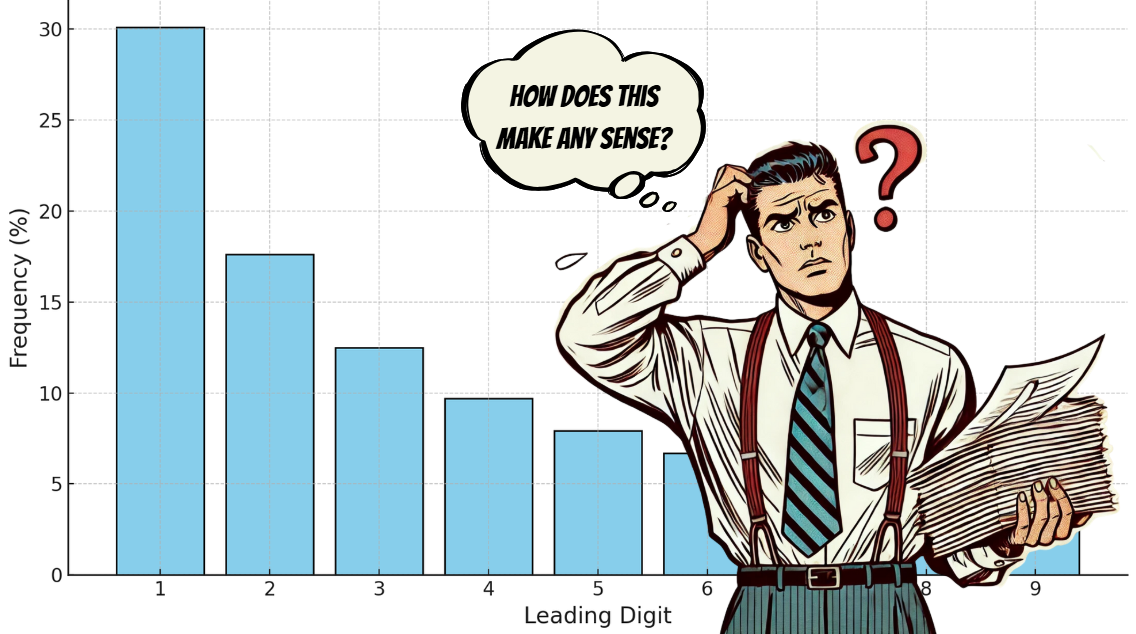How to Create a Good Pull Request Template
I wasn’t in tech when Pull Requests (PRs) were first introduced by GitHub back in 2008. And when I graduated from bootcamp four years ago, I had probably created only a handful of PRs. I quickly learned how vital PRs were when I started my first job on a team though. And my appreciation for a good Pull Request has only increased as I spend more time as a maintainer. The great things about Pull Requests are that they allow for collaboration between contributors and maintainers, offer an opportunity to communicate changes that have been made and why they are important, and the ability for maintainers to provide feedback. Because contributors come from different backgrounds, have varying degrees of experience, and speak different languages, sometimes creating good PRs can be tricky. But there are some ways to optimize the experience for everyone–including adding gifs. How to Create a Pull Request Template Maintainers can help to improve the experience for both reviewing Pull Requests and for contributors submitting them by creating a template. I like to think of Pull Request templates as a kind of contributor onboarding. It helps to guide them through the process of writing a good pull request and communicating with the maintainers. Although good templates may vary according to different organizations, their standards, and their needs, there are some basic checklists that you can use to generate your own. To create a PR template in GitHub, create a .github folder in the root of your repository and a file called PULL_REQUEST_TEMPLATE.md. At OpenSauced, we used forem’s Pull Request template for inspiration for our template. GIF  You can use markdown to create your template, and include sections like: What type of PR is this? Description of the changes Related Tickets & Documents Mobile & Desktop Screenshots/Recordings Tests Documentation Post-deployment tasks What gif best describes this PR or how it makes you feel? Let Them Add Gifs! That last one might seem out of place to you, but it can actually make the PR experience more fun, engaging, and effective. Here's why: Gifs can bridge language gaps and help contributors express themselves more clearly. Gifs can showcase contributors' personalities and add a personal touch to the PR. Gifs can increase engagement and make the review process more enjoyable for everyone. How to add Gifs to Your PR If you’re a contributor, you might be wondering, “What’s the easiest way to add a gif?” I use the GIFs for GitHub chrome extension. Once it’s installed, you’ve got a quick way to add all your favorite gifs to enhance that PR experience. Just search for the gif you want, and click it. You can even add a caption to describe the gif or explain how it relates to the PR

I wasn’t in tech when Pull Requests (PRs) were first introduced by GitHub back in 2008. And when I graduated from bootcamp four years ago, I had probably created only a handful of PRs. I quickly learned how vital PRs were when I started my first job on a team though. And my appreciation for a good Pull Request has only increased as I spend more time as a maintainer.
The great things about Pull Requests are that they allow for collaboration between contributors and maintainers, offer an opportunity to communicate changes that have been made and why they are important, and the ability for maintainers to provide feedback. Because contributors come from different backgrounds, have varying degrees of experience, and speak different languages, sometimes creating good PRs can be tricky. But there are some ways to optimize the experience for everyone–including adding gifs.
How to Create a Pull Request Template
Maintainers can help to improve the experience for both reviewing Pull Requests and for contributors submitting them by creating a template.
I like to think of Pull Request templates as a kind of contributor onboarding. It helps to guide them through the process of writing a good pull request and communicating with the maintainers. Although good templates may vary according to different organizations, their standards, and their needs, there are some basic checklists that you can use to generate your own.
To create a PR template in GitHub, create a .github folder in the root of your repository and a file called PULL_REQUEST_TEMPLATE.md.
At OpenSauced, we used forem’s Pull Request template for inspiration for
our template.
GIF

You can use markdown to create your template, and include sections like:
- What type of PR is this?
- Description of the changes
- Related Tickets & Documents
- Mobile & Desktop Screenshots/Recordings
- Tests
- Documentation
- Post-deployment tasks
- What gif best describes this PR or how it makes you feel? Let Them Add Gifs! That last one might seem out of place to you, but it can actually make the PR experience more fun, engaging, and effective. Here's why:
- Gifs can bridge language gaps and help contributors express themselves more clearly.
- Gifs can showcase contributors' personalities and add a personal touch to the PR.
- Gifs can increase engagement and make the review process more enjoyable for everyone. How to add Gifs to Your PR If you’re a contributor, you might be wondering, “What’s the easiest way to add a gif?” I use the GIFs for GitHub chrome extension. Once it’s installed, you’ve got a quick way to add all your favorite gifs to enhance that PR experience. Just search for the gif you want, and click it. You can even add a caption to describe the gif or explain how it relates to the PR




















